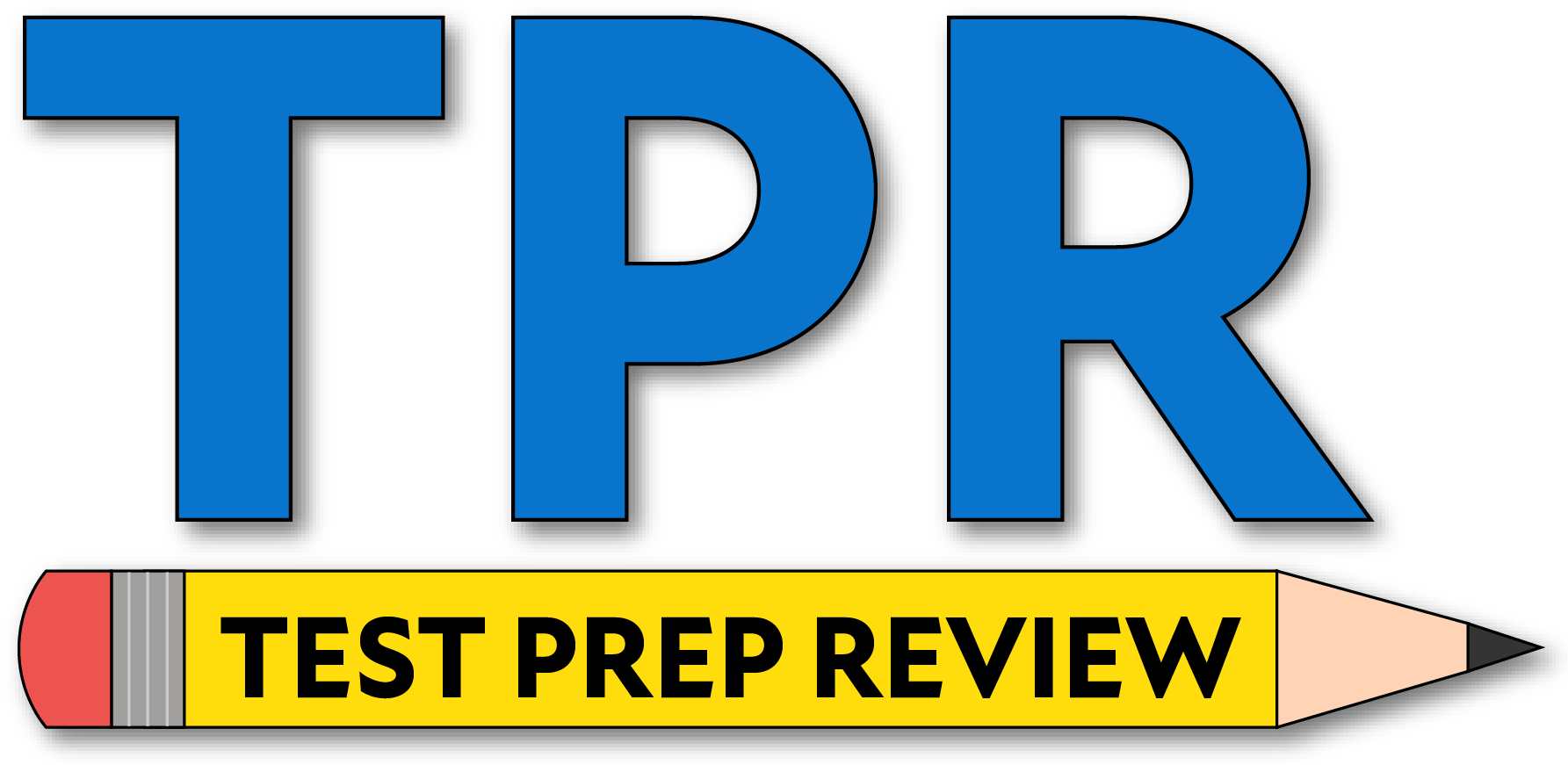- Which of the following statements is the definition of parallel lines?
- Two distinct coplanar lines that intersect at a 90°angle.
- Two distinct coplanar lines that do not intersect.
- Two rays with a common endpoint that point in opposite directions.
- Two rays sharing a common endpoint.
Parallel lines are two distinct lines in the same plane that do not intersect.
Choice A is the definition of perpendicular lines. Choice C is the definition of opposite rays, which form a line. Choice D is the definition of an angle.
- The definition below refers to which of the following terms?
- Coincident
- Invariant
- Mensuration
- Transformation
A transformation is described as a function that takes points in the plane as inputs and gives other points as outputs.
In Choice A, coincident means that two images are superimposed on one another. In Choice B, invariant means a property that cannot be changed by a given transformation. In Choice C, mensuration is the measurement of geometric figures, such as length, area, angle measure, and volume.
- If trapezoid \(\text{JKLM}\) were rotated 180° clockwise about the origin, determine which notation would represent the new coordinates for trapezoid \(\text{J}’ \text{K}’ \text{L}’ \text{M}’\).
- \((x,y)\rightarrow (-x,-y)\)
- \((x,y)\rightarrow (y,-x)\)
- \((x,y)\rightarrow (-y,x)\)
- \((x,y)\rightarrow (y,x)\)
A 180° clockwise rotation about the origin takes the original coordinates and negates them. Therefore, the original coordinates of \((x,y)\) become \((-x,-y)\) after the rotation.
- Which of the following figures shows parallelogram \(\text{WXYZ}\) being reflected across the \(x\)-axis?




- Figure 1
- Figure 2
- Figure 3
- Figure 4
A reflection is a transformation producing a mirror image. A figure reflected over the \(x\)-axis will have its vertices in the form \((x,y)\) transformed to \((x,-y)\).
The point \(\text{W}\) at \((1,-7)\) reflects to \(\text{W}’\) at \((1,7)\). Only Choice C shows \(\text{WXYZ}\) being reflected across the \(x\)-axis.
- If \(\overline{ST}\) is reflected across the line \(y=x\), what is the new coordinate point of \(\text{T}’\) ?
- \((7,4)\)
- \((-7,- 4)\)
- \((4,-7)\)
- \((-4,7)\)
For a reflection across the line \(y=x\), the original coordinate points of \((x,y)\) reverse to become \((y,x)\) for the image.
Therefore, since \(\text{T}\) is located at \((7,-4)\), the coordinates of \(\text{T}’\) after the reflection across the line \(y=x\) become \((-4,7)\).
- Which of the following figures show parallelogram \(\text{EFGH}\) being rotated 90° clockwise about the origin?




- Figure 1
- Figure 2
- Figure 3
- Figure 4
Since parallelogram \(\text{EFGH}\) is initially located in Quadrant II, a 90° clockwise rotation will rotate the image into Quadrant I.
As \(\text{EFGH}\) is rotated 90° clockwise, each vertex of the figure will undergo the coordinate transition of \((x,y)\rightarrow(y,-x)\), as is the case in Choice C.
- Which pair of figures is congruent?




- Pair 1
- Pair 2
- Pair 3
- Pair 4
In order for two figures to be congruent, they must have the same size and shape. The two triangles in Choice A have the same size and shape, even though the second triangle is rotated counterclockwise compared to the first triangle.
The rectangles in Choice B are the same shape, but they are not the same size. In Choice C, the second circle has been vertically stretched, so the figures are not the same shape or size. In Choice D, the second trapezoid has been horizontally stretched so it is not the same size as the first trapezoid.
- Which of the following is true about the relationship between the two triangles shown below?
- The triangles are similar.
- The triangles are congruent.
- The triangles are equilateral.
- Choices A and B are true.
Since the two triangles have all three corresponding pairs of sides and corresponding pairs of angles marked congruent, then the two triangles are congruent.
Similar triangles are the same shape but not necessarily the same size; they have congruent angles. All congruent triangles are similar triangles, so Choice D is the best choice.
- Angle-Side-Angle triangle congruence can be used to prove which of the following pairs of triangles congruent?




- Pair 1
- Pair 2
- Pair 3
- Pair 4
In order for triangles to be congruent by ASA, there needs to be two pairs of congruent corresponding angles and then the pair of sides between those angles is also congruent. The triangles in Choice A meet the requirements for ASA triangle congruence.
In Choice B, the triangles are congruent by AAS. In Choice C, the triangles are congruent by SAS. In Answer D, the triangles are congruent by HL (Hypotenuse-Leg).





